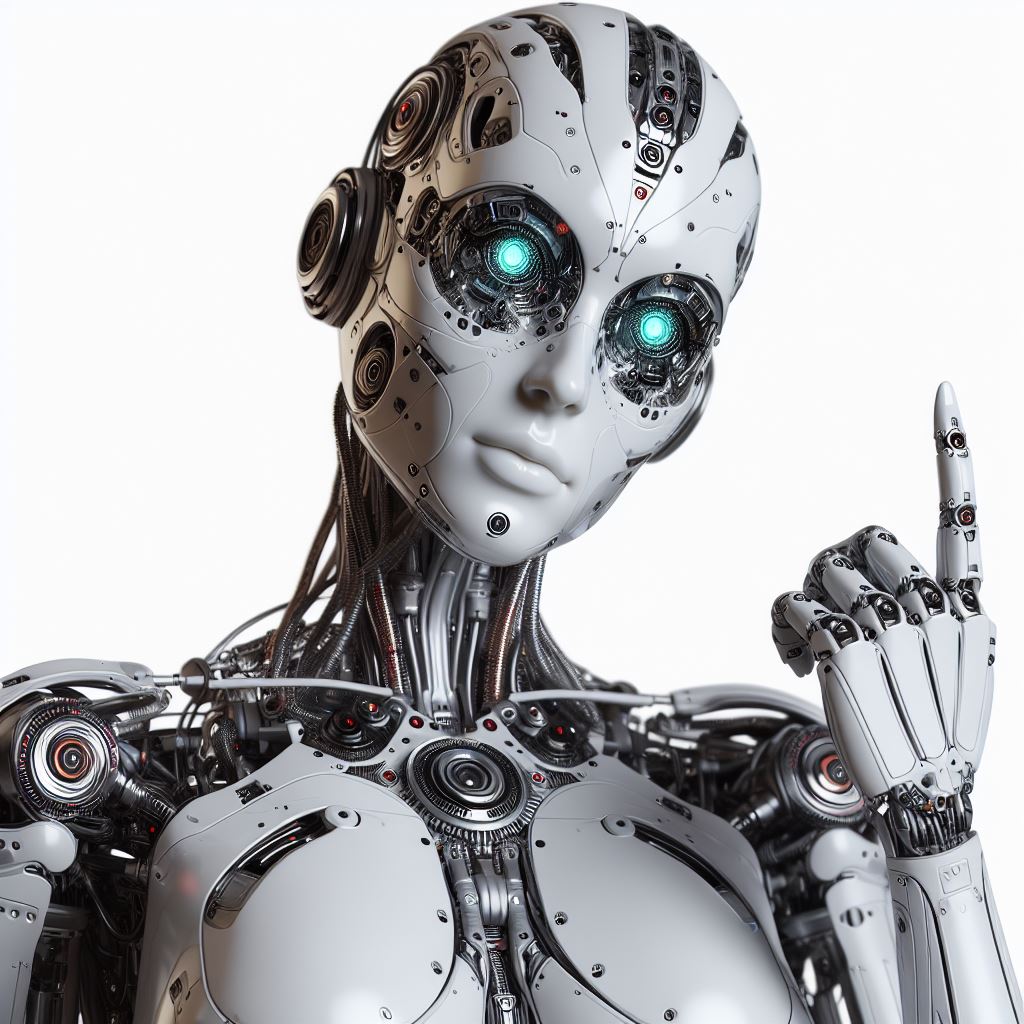In recent years, computer vision has emerged as one of the most transformative technologies in artificial intelligence (AI). This cutting-edge field enables machines to interpret and understand visual information from the world, mimicking the capabilities of the human eye and brain. From autonomous vehicles to healthcare diagnostics, computer vision is revolutionizing industries across the globe, unlocking new possibilities for innovation and efficiency.
What is Computer Vision?
Computer vision is a subfield of AI that focuses on enabling computers to interpret and process visual data. It combines machine learning, neural networks, and deep learning techniques to analyze images and videos, extract meaningful information, and make decisions based on visual input. By simulating the human ability to see and understand the environment, computer vision systems can detect objects, recognize faces, identify patterns, and even comprehend complex scenes.
Applications of Computer Vision
The applications of computer vision are vast and varied, impacting nearly every sector. In healthcare, computer vision is being used to analyze medical images like X-rays and MRIs, assisting doctors in detecting abnormalities such as tumors or fractures with greater accuracy. In autonomous driving, self-driving cars rely on computer vision systems to detect pedestrians, traffic signals, and other vehicles, allowing them to navigate safely without human intervention.
In the retail industry, computer vision helps businesses monitor store shelves, track inventory, and even analyze customer behavior, enhancing customer experiences and optimizing operations. Meanwhile, manufacturing companies are using computer vision for quality control, detecting defects in products on assembly lines, and ensuring that only high-quality items reach the market.
Why is Computer Vision Important?
The significance of computer vision lies in its ability to process large volumes of visual data at incredible speeds. This allows businesses to automate tasks that would otherwise require human intervention, saving both time and money. Additionally, the accuracy of computer vision models is improving rapidly, thanks to advances in deep learning, which enables computers to learn from vast datasets and improve over time.
Another major advantage of computer vision is its ability to work in real-time. For instance, in surveillance systems, computer vision can instantly identify suspicious activity or in healthcare, it can provide immediate feedback on medical scans, enabling faster diagnoses and treatments.
Challenges in Computer Vision
Despite its incredible potential, there are challenges associated with computer vision. One of the main obstacles is ensuring that the systems can generalize well to diverse environments and conditions. For example, a computer vision model trained to recognize objects in one setting may struggle when faced with different lighting or angles in another. To overcome this, researchers are focusing on improving the robustness and adaptability of computer vision systems.
Moreover, ethical concerns regarding privacy and security also arise, particularly in facial recognition technology. Striking a balance between innovation and ethical considerations is a critical area of focus as computer vision continues to evolve.
Future of Computer Vision
The future of computer vision is bright, with continued advancements on the horizon. As AI algorithms become more sophisticated, the accuracy and efficiency of computer vision systems will continue to improve. We can expect to see further integration of this technology into everyday life, with smart cities, enhanced medical imaging, and even personalized shopping experiences becoming more commonplace.
Conclusion
Computer vision is a game-changing technology that is reshaping industries and driving innovation in AI. By enabling machines to understand and process visual data, it opens up new possibilities for automation, efficiency, and accuracy across sectors like healthcare, automotive, retail, and manufacturing. While challenges remain, the potential of computer vision to improve our lives and industries is immense. As technology advances, we can only imagine the exciting developments that lie ahead.
5
